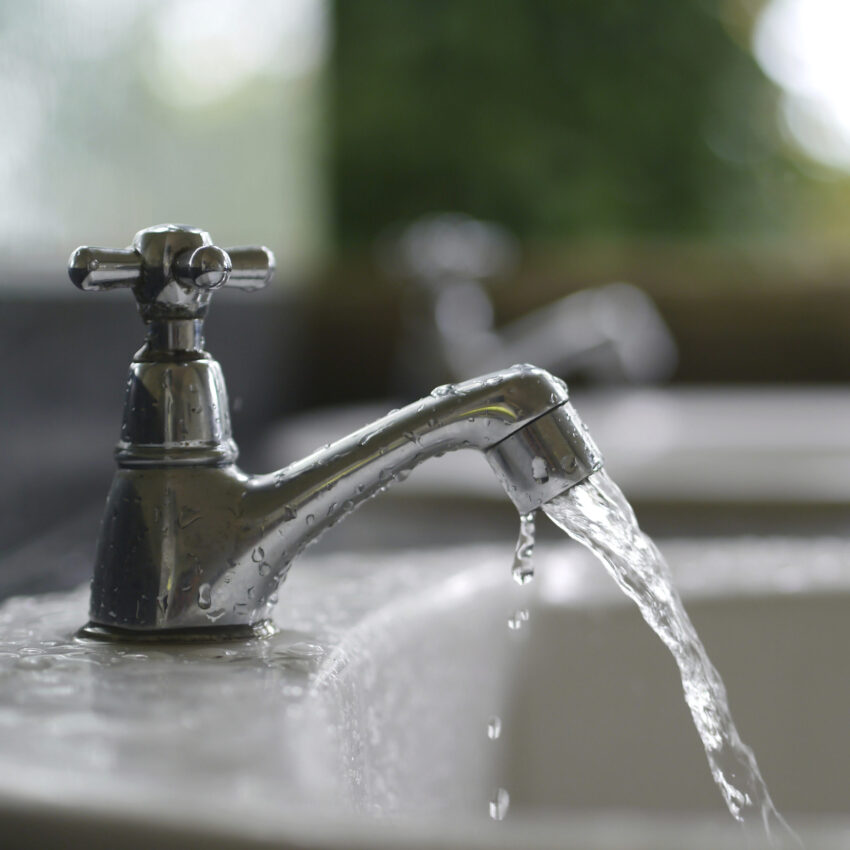
Do you ever wonder how those “water-saving” faucets work? Are they actually saving water or just a marketing gimmick? In this article, we’ll dive into the science behind these faucets and see if they really live up to their name. The article is presented by CreativeHomeDesignIdeas
What Are Water-Saving Faucets?

Water-saving faucets, also known as low-flow faucets, are designed to reduce the amount of water that flows out of your faucet without compromising the functionality of the faucet itself. The idea behind these faucets is to conserve water and reduce water usage without sacrificing the quality of the user experience.
How Do They Work?
Water-saving faucets work by using an aerator, which is a small device that screws onto the end of the faucet. The aerator mixes air with the water as it flows out, which reduces the amount of water that comes out while still maintaining the same amount of pressure.
The aerator essentially creates tiny bubbles in the water stream, which reduces the amount of water that is being used. This means that less water is flowing out of the faucet, but it still feels like the same amount of water is coming out because of the added air. Let’s discover How to Live a Plastic-Free Life
How Much Water Do They Save?
The amount of water that water-saving faucets can save varies depending on the type of faucet and the flow rate. Generally, these faucets can save anywhere from 20-60% of water compared to standard faucets.
For example, a standard bathroom faucet typically has a flow rate of 2.2 gallons per minute (GPM), while a water-saving faucet might only have a flow rate of 1.5 GPM. This means that a water-saving faucet could save up to 32% of water compared to a standard faucet.
Are They Effective?
Yes, water-saving faucets are effective at reducing water usage without sacrificing performance. In fact, many people don’t even notice a difference in water pressure or flow when using a water-saving faucet.
Water-saving faucets are also a great way to reduce your water bill and conserve water, especially in areas that experience drought or water shortages.
How Can You Tell If Your Faucet Is A Water-Saving Faucet?
If you’re not sure if your faucet is a water-saving faucet, there are a few ways to check. First, you can look for the WaterSense label, which is a certification from the Environmental Protection Agency (EPA) that identifies products that are water efficient.
You can also check the flow rate of your faucet. If it has a flow rate of 1.5 GPM or less, it’s likely a water-saving faucet.
Conclusion
Water-saving faucets are an effective way to conserve water and reduce your water bill without sacrificing performance. They work by using an aerator to mix air with the water, which reduces the amount of water that flows out of the faucet while maintaining the same amount of pressure.
If you’re not sure if your faucet is a water-saving faucet, look for the WaterSense label or check the flow rate. Consider replacing your standard faucet with a water-saving faucet to save money and help conserve water.
